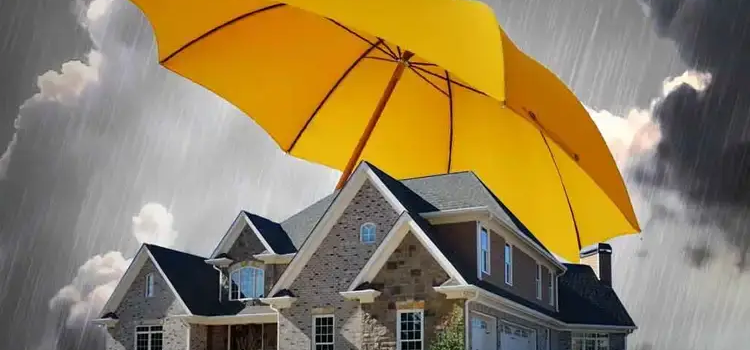The History of Waterproofing: A Journey Through Time
Waterproofing has been an essential aspect of human civilization, safeguarding structures and possessions from the elements for thousands of years. This journey spans from ancient techniques to modern innovations, highlighting the constant quest for protection and durability.
Early Beginnings: The Dawn of Waterproofing
The origins of waterproofing date back to 13,000 years ago when early humans sought ways to protect their shelters from rain, wind, and storms. This primal need for protection laid the foundation for the development of waterproofing techniques.
The Agricultural Revolution: A Turning Point
With the Agricultural Revolution, humans transitioned from a nomadic lifestyle to more permanent settlements. The need to store and protect surplus grain from moisture led to the first waterproofing methods. Straw and clay were used to seal storage facilities, while ceramics were coated with bitumen for water resistance.
Neolithic Innovations: Waterproofing for Exploration
During the Neolithic Revolution, the rise of water transportation necessitated waterproofing for primitive boats. Bitumen emulsion was applied to the wood and other materials, making boats reliable for exploration, fishing, and trading.
Ancient Civilizations: Egypt and Rome
In Ancient Egypt, waterproofing reached new heights. The Great Pyramid of Giza, built around 3600 BC, showcased advanced waterproofing techniques using bitumen emulsion and dry reed fibers. This ensured the pyramid’s interior remained dry despite annual Nile floods.
The Romans further advanced waterproofing by using opus signinum, a mixture of lime, sand, and crushed pottery, for their aqueducts, cisterns, and thermal baths. Their robust waterproofing methods ensured these structures’ longevity, many of which stand to this day.
Medieval Times: Castles and Cathedrals
During the Medieval period, waterproofing evolved with the construction of great cathedrals and castles. Techniques included gabled roofs for efficient rainwater runoff, terracotta tiles, dense masonry, and lime mortar. Medieval builders also used oils, resins, and lead coatings to protect wooden structures and roofs.
The Industrial Revolution: Birth of Modern Waterproofing
The 19th century Industrial Revolution brought significant advancements in waterproofing. New materials like asphalt, rubber, and galvanised iron were introduced. Asphalt sheets and waterproof paints became common, while Portland cement provided durable underwater construction.
20th Century: Innovations and Technologies
The 20th century saw a boom in waterproofing innovations. EPDM membranes, PVC and TPO membranes, and liquid membranes offered durable and flexible solutions. Geotextiles, bentonite, and crystalline polymers provided advanced protection for foundations and basements. Modern sealants, resins, and epoxies further enhanced waterproofing capabilities.
21st Century: Sustainable Solutions
Today, waterproofing continues to evolve with a focus on sustainability. Polyurea and polyurethane liquid membranes represent the forefront of modern waterproofing technology. These coatings provide rapid application, flexibility, strong adhesion, and long-term durability. They form seamless, continuous barriers that adapt to structural movements, ensuring comprehensive protection.
Conclusion
From ancient Mesopotamian bitumen coatings to modern polyurea membranes, the history of waterproofing reflects humanity’s relentless pursuit of better living conditions. Waterproofing has protected our structures, preserved our history, and ensured our safety. As we continue to innovate, the future of waterproofing promises even greater advancements in protection and sustainability.
Contact : +91 8089450755





